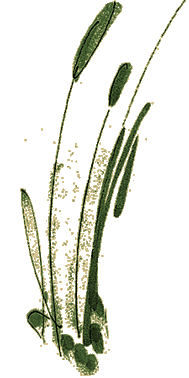|
|
|
|
||||

|

|
|||||
|
|

|
|||||
It was a world full of frogs. The Exploratorium's temporary exhibition area became a nature preserve displaying some of the world's most fascinating creatures. More than 75 individual animals, representing 18 species of frogs and toads, were housed in terrariums and aquariums that replicated habitats from all corners of the globe. The African clawed frog, a powerful swimmer, had a tall water-filled tank in which to show off its aquatic acrobatics. A cane toad from Australia burrowed into a mossy nest. Delicate poison arrow frogs from the South American rainforest sat like tiny jewels in a miniature jungle landscape. |
||||||
|
In a tank near the exhibition's entrance, visitors could watch bullfrog tadpoles in every stage of their metamorphosis. Some had developed tails, others had powerful back legs that enabled them to hop about on land. Illustrations of fairy tale frogs, Aztec glyphs depicting toads, and delicate Chinese brush paintings were exhibited alongside the tanks to show how human artists have portrayed these living treasures throughout time. In the center of the exhibition area, you could hear a chorus of frog calls. After entering a screened porch, visitors could relax on a "garden" bench, and listen to a recording of the sounds that might fill a summer night. Frogs called across an invisible pond, searching for a mate. Slowly the sound would build, adding voice on top of voice until the air was filled with a symphony of frogs. Outside, listening stations offered a variety of individual frog calls and a sampling of the music humans have made to imitate their amphibian cousins.
|
||||||
© 1999, The Exploratorium |
||||||

